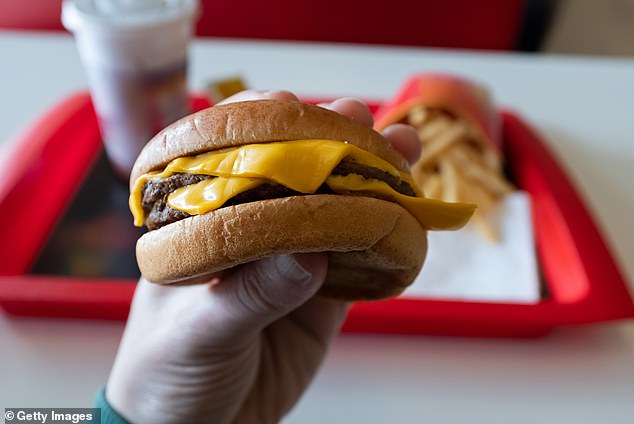Construction and beauty industry employees are Australia’s worst eaters, CSIRO Healthy Diet Score report
Construction and beauty industry workers are Australia’s worst eaters, CSIRO Healthy Diet Score report finds
A survey of almost a quarter of a million Aussies has found that beauticians and construction workers have the worst diets of any other profession.
The CSIRO study examined the eating habits of Australians between 2015 and 2023, with workers in the two industries eating the most junk food on average.
The average Australian eats about 28 portions of unhealthy food per week, including takeaways, chocolate, pastries and alcohol. But beauticians and construction workers consume about 45 servings.
In contrast, retired Australians and people who work in the fitness industry reported some of the healthiest eating patterns.
The outcomes are assessed using a diet score of 0-100, with 100 being the healthiest and 0 dangerously unhealthy.
A survey of almost a quarter of a million Aussies has found that beauticians and construction workers have the worst diets of any other profession (stock image)

The average Australian eats about 28 portions of unhealthy food per week, including takeaways, chocolate, pastries and alcohol. But beauticians and construction workers consume about 45 servings (stock image)
The main finding of the survey was that Australians are failing to stick to a healthy and balanced diet, and that junk food is a major culprit.
‘Discretionary’ or junk food was a primary source of demise and ranked as the lowest diet quality across all ages and genders, scoring 20 out of 100 compared to the Australian Dietary Guidelines.
The main contributors to the abysmal score were alcohol, cakes and biscuits, chocolate and confectionery and takeaway food, the CSIRO’s Healthy Diet Score report found.
Only four in 10 adults ate three or more different vegetables during their main meal, although women ate significantly more vegetables than men, the report found.
Women also had slightly better overall diet quality than men.
The average score of 55 was a stark reminder that Australians needed to do more to improve their eating habits and reduce the national waistline, said CSIRO researcher and report co-author Gilly Hendrie.
“Improving our collective score is important to boost our wellbeing, tackle Australia’s obesity crisis and reduce lifestyle diseases such as heart disease, type 2 diabetes and some cancers,” Dr Hendrie said.
“It’s clear we still have a long way to go.”
Dr. Hendrie urged Australians to reduce the amount of junk food they ate, increase the amount of healthy food they ate and eat three or more different types of vegetables with their main meal.

The main finding of the study was that Australians are failing to stick to a healthy and balanced diet, and that junk food is a major culprit
The simple changes would put Australians on the path to a better diet quality score, she suggested.
Australians achieved their best nutrition quality score in drinks at 93 out of 100, as most chose to drink water instead of high-energy drinks.
They also mainly adhered to dietary guidelines when it came to meat and alternatives, achieving a combined score of 78 out of 100.
The Healthy Diet Score report, released Tuesday, was based on an online survey of more than 235,000 adults between 2015 and 2023.
